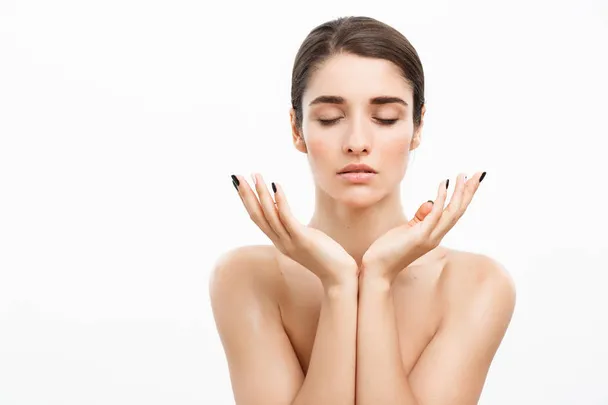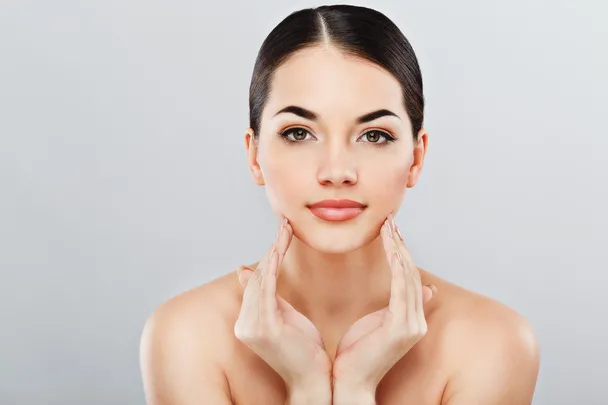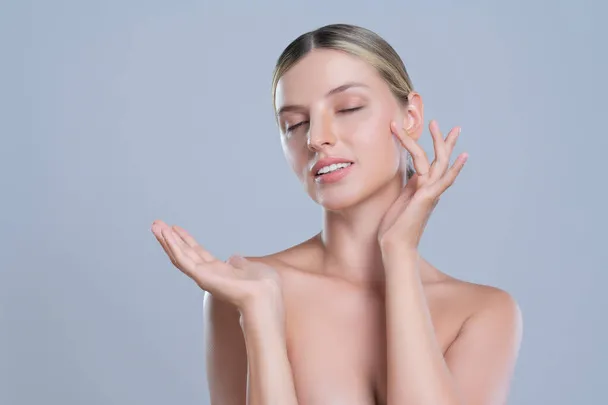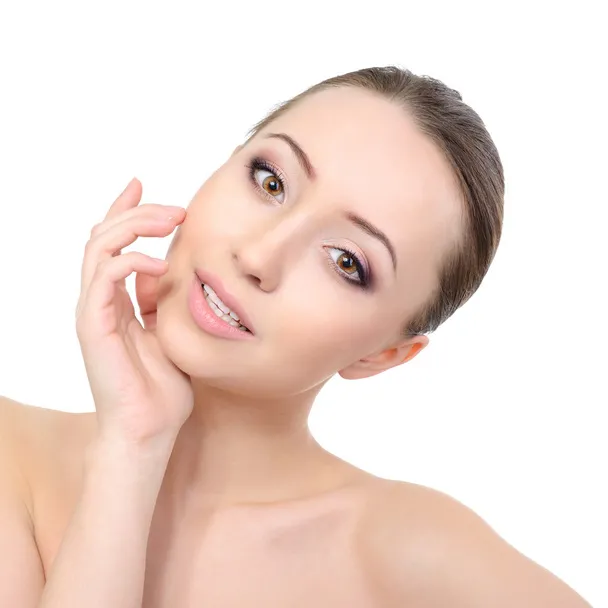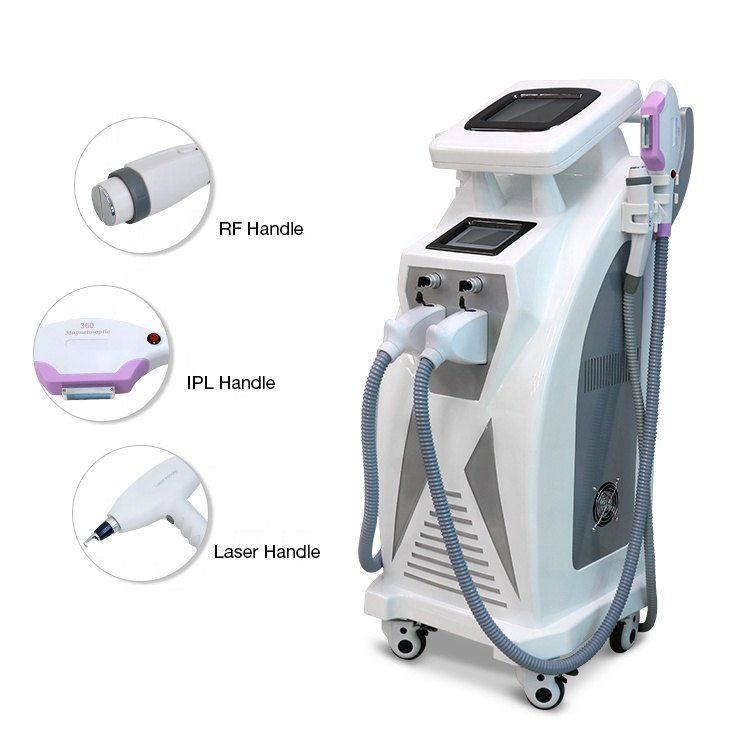How to Differentiate Between Hormonal and Bacterial Acne: Understanding the Telltale Signs
Acne is a common skin condition that affects millions of people worldwide, characterized by the presence of pimples, blackheads, and whiteheads. However, not all acne is created equal, and understanding the underlying causes can be crucial for effective treatment. Two primary types of acne are hormonal acne and bacterial acne, each with distinct characteristics and triggers. Differentiating between the two is essential for developing targeted skincare regimens and seeking appropriate medical intervention.
Hormonal Acne: Hormonal acne, as its name implies, is intricately linked to fluctuations in hormone levels within the body, particularly androgens such as testosterone. These fluctuations can occur during various life stages, including puberty, menstruation, pregnancy, and menopause, when hormonal imbalances are more prevalent. Here’s an in-depth look at the key features of hormonal acne:
Location: One of the defining characteristics of hormonal acne is its tendency to appear in specific areas of the face, notably the chin, jawline, and lower cheeks. This distribution pattern is not arbitrary; it is closely associated with the increased sensitivity of oil glands in these regions to hormonal changes. As a result, hormonal acne tends to cluster in these areas, leading to distinctive patterns of breakouts.
Characteristics: Hormonal acne is often recognized by its characteristic presentation as deep, cystic lesions that form beneath the skin’s surface. Unlike superficial pimples, these cystic acne lesions are larger, more inflamed, and often painful to the touch. Additionally, hormonal acne may manifest as blackheads and whiteheads, further contributing to its diverse presentation. These lesions can be particularly challenging to treat due to their depth within the skin layers and propensity for scarring.
Timing: Hormonal acne frequently follows a predictable pattern linked to hormonal fluctuations throughout the menstrual cycle or other hormonal events. For instance, many individuals experience flare-ups of hormonal acne around the time of menstruation or during periods of high stress when cortisol levels rise. Understanding this cyclical nature of hormonal acne can help individuals anticipate and manage breakouts more effectively.
Treatment: Addressing hormonal acne often necessitates a multifaceted treatment approach tailored to individual needs. Hormonal therapy, such as oral contraceptives or anti-androgen medications, may be prescribed to regulate hormone levels and reduce acne severity. Additionally, topical treatments containing ingredients like benzoyl peroxide or salicylic acid can help manage breakouts by unclogging pores and reducing inflammation. In cases of severe or resistant acne, oral medications like isotretinoin may be recommended to target underlying causes and prevent scarring. However, it’s essential to consult with a healthcare professional to determine the most appropriate treatment plan based on the severity and underlying causes of hormonal acne.
In conclusion, hormonal acne is a complex dermatological condition driven by hormonal fluctuations in the body. Recognizing its distinctive features, including its specific location, characteristic lesions, cyclical nature, and treatment considerations, is crucial for effective management and achieving clearer, healthier skin.
Bacterial Acne: Bacterial acne, scientifically termed acne vulgaris, is a prevalent dermatological condition primarily driven by the proliferation of Propionibacterium acnes (P. acnes) bacteria within the hair follicles. Here’s a detailed examination of the key features and distinguishing characteristics of bacterial acne:
Location: Unlike hormonal acne, which tends to concentrate in specific areas of the face, bacterial acne can occur anywhere on the face, back, chest, or shoulders. These regions harbor a higher density of oil glands, providing an optimal environment for the proliferation of P. acnes bacteria. Consequently, bacterial acne is not restricted to particular facial areas and may present as breakouts in various regions of the body.
Characteristics: Bacterial acne lesions encompass a spectrum of manifestations, ranging from comedones (blackheads and whiteheads) to inflammatory papules (small, red bumps), pustules (pimples containing pus), and more severe nodules or cysts (larger, deeper lesions). These lesions often exhibit inflammation, redness, and tenderness, reflecting the underlying inflammatory response triggered by bacterial overgrowth within the hair follicles. The diversity of acne lesions underscores the heterogeneous nature of bacterial acne and its potential to cause varying degrees of skin irritation and discomfort.
Triggers: Several factors can exacerbate bacterial acne, including excess oil production, inadequate skincare routines, dietary choices, and environmental factors such as humidity and pollution. Unlike hormonal acne, which follows a predictable pattern linked to hormonal fluctuations, bacterial acne may not exhibit a consistent hormonal influence and can occur at any time. Instead, environmental and lifestyle factors play a significant role in precipitating acne flare-ups by promoting the accumulation of oil and dead skin cells, fostering bacterial proliferation, and exacerbating inflammation.
Treatment: Effectively managing bacterial acne involves targeting the underlying causes of inflammation and bacterial overgrowth while addressing individual skin concerns. Topical treatments containing ingredients like benzoyl peroxide, salicylic acid, or retinoids are commonly used to unclog pores, reduce bacterial load, and alleviate inflammation. In moderate to severe cases, oral antibiotics may be prescribed to suppress bacterial growth and inflammation. Additionally, procedures such as chemical peels or laser therapy may be recommended to improve skin texture and reduce acne scarring, particularly for individuals with persistent or resistant acne. However, treatment plans should be tailored to individual needs and may involve a combination of topical and systemic therapies to achieve optimal outcomes.
In summary, bacterial acne is characterized by the proliferation of P. acnes bacteria within the hair follicles, leading to inflammation and the formation of acne lesions. Recognizing its diverse manifestations, potential triggers, and treatment options is essential for effectively managing this common dermatological condition and achieving clearer, healthier skin.
Conclusion:
In conclusion, hormonal acne and bacterial acne represent two distinct subtypes of acne, each with its own set of causes, characteristics, and treatment modalities. Recognizing the differences between the two is crucial for individuals seeking to effectively manage their acne and improve their skin health.
Hormonal acne is primarily driven by fluctuations in hormone levels, particularly androgens like testosterone. It tends to occur during specific life stages such as puberty, menstruation, pregnancy, and menopause, and is characterized by deep, cystic lesions predominantly appearing on the chin, jawline, and lower cheeks. Treatment typically involves hormonal therapy, topical treatments, and oral medications tailored to regulate hormone levels and manage breakouts.
On the other hand, bacterial acne, also known as acne vulgaris, results from the proliferation of Propionibacterium acnes bacteria within hair follicles. It can occur anywhere on the face, back, chest, or shoulders, and presents with a variety of lesions including comedones, papules, pustules, and nodules. Treatment strategies focus on targeting the underlying causes of inflammation and bacterial overgrowth through topical treatments, oral antibiotics, and procedures such as chemical peels or laser therapy.
Understanding these distinctions empowers individuals to make informed decisions about their skincare routines and seek appropriate medical advice when needed. By recognizing the telltale signs of hormonal versus bacterial acne, individuals can take proactive steps towards achieving clearer, healthier skin and improving their overall quality of life.

